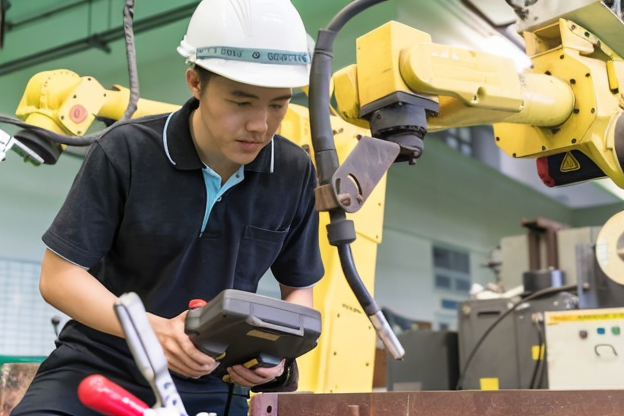Understanding Sheet Metal Fabrication and Its Techniques+ View more
Deciphering Processing Technology Choices
The technologies utilized in sheet metal processing are numerous, each with its unique advantages and suitability for different tasks. For instance, laser cutting is renowned for its precision and speed, making it ideal for intricate designs. Conversely, stamping, which involves pressing a flat sheet metal into a die to create a shape, is cost-effective for large production runs. CNC punch presses use computer-controlled machines to create patterns or shapes by selectively punching holes into the material. The choice of processing technology must align with the project's resource availability and the capabilities of the existing equipment.
Assembly Techniques in Focus
Assembly, a critical stage in sheet metal fabrication, can be achieved through various methods, each with distinctive characteristics. Welding is a common method that involves fusing pieces together, providing strong and permanent joints. Riveting, on the other hand, connects pieces with metal pins, offering a reliable but non-permanent solution. Bolted connections provide the flexibility of disassembly, which can be beneficial for maintenance or modular designs. The choice of assembly technique must be considered at the design phase to ensure it complements the function and requirements of the final product.
Designing for Manufacturability
Design for Manufacturability (DFM) is a practice that ensures the design of products is optimized for ease of manufacturing. This involves creating designs that are simple to produce without the need for overly complex or expensive tools and dies. By focusing on DFM, manufacturers can reduce production costs, increase efficiency, and improve the overall quality of the product. Designs should strive to minimize unnecessary complexity, utilize standard components when possible, and anticipate potential manufacturing challenges. Ultimately, DFM leads to a smoother production process and a more cost-effective end product.
Conclusion
In conclusion, sheet metal fabrication is a multifaceted process that demands careful consideration of various factors such as processing technology, assembly methods, and manufacturability. Making informed choices at each step can significantly impact the functionality, cost-effectiveness, and quality of the finished metal product. As technology evolves, so too must the techniques and approaches in sheet metal fabrication to meet the demands of modern manufacturing.

